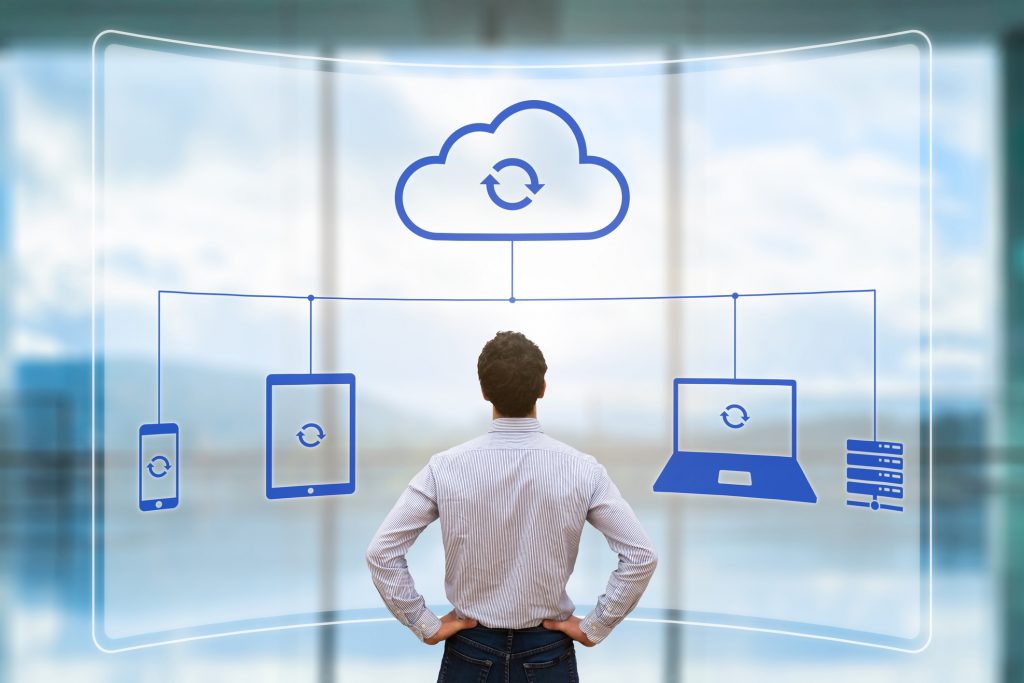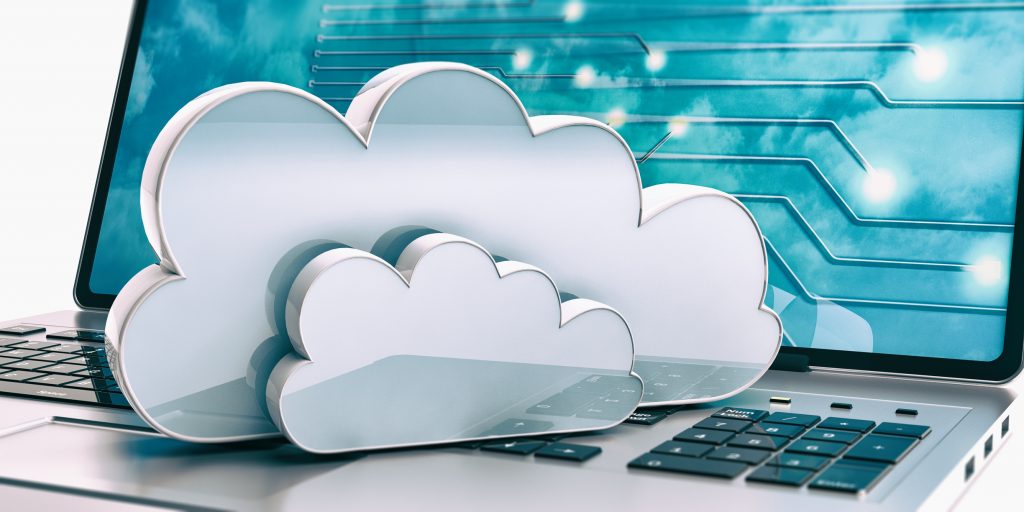The questions you should ask when planning your tape-to-cloud migration
With the huge advances in public cloud security, efficiency and value for money, many organisations are now planning to move towards cloud backup strategies, which are less complex and more reliable than traditional tape backup solutions. But migrating your backup to cloud from tape can be a big project and does require careful scoping. There […]
The questions you should ask when planning your tape-to-cloud migration Read More »


